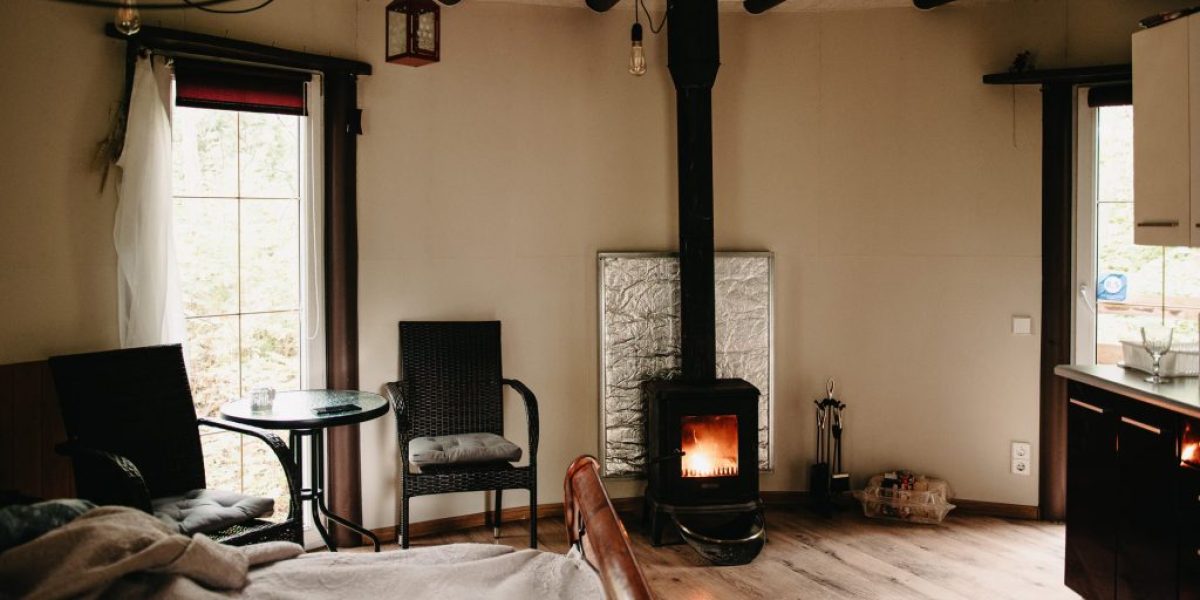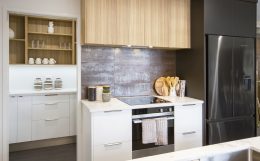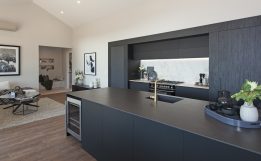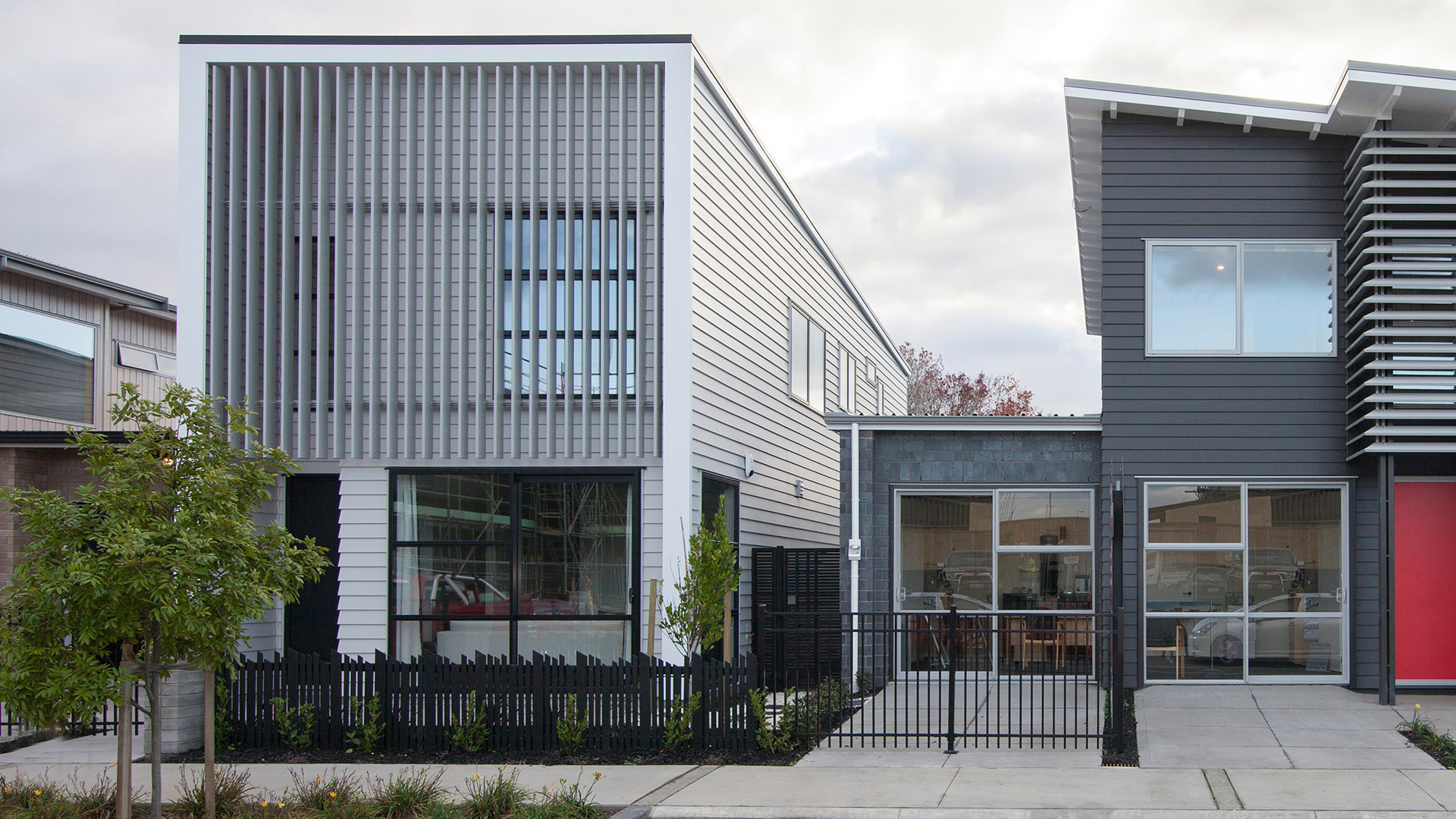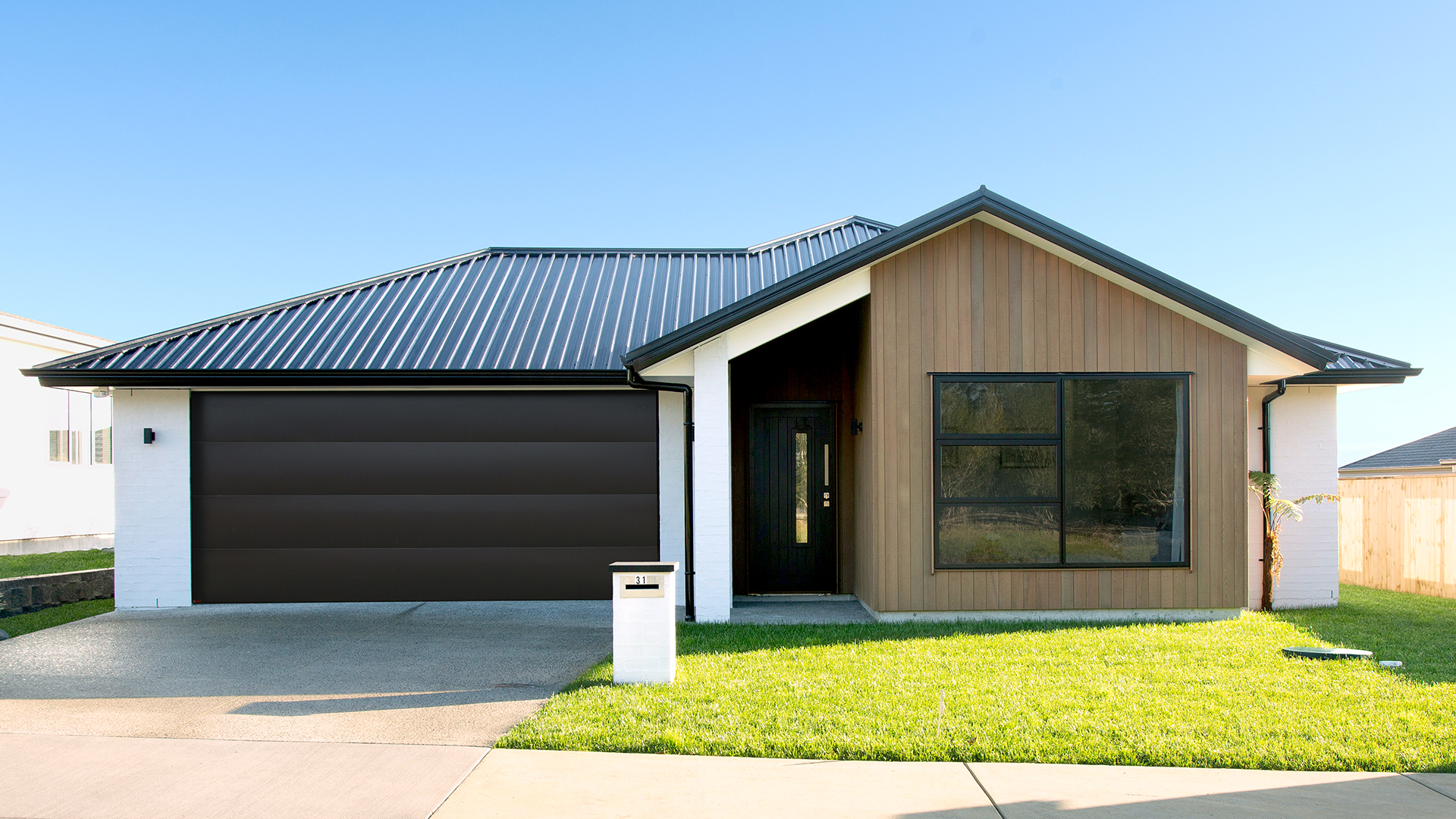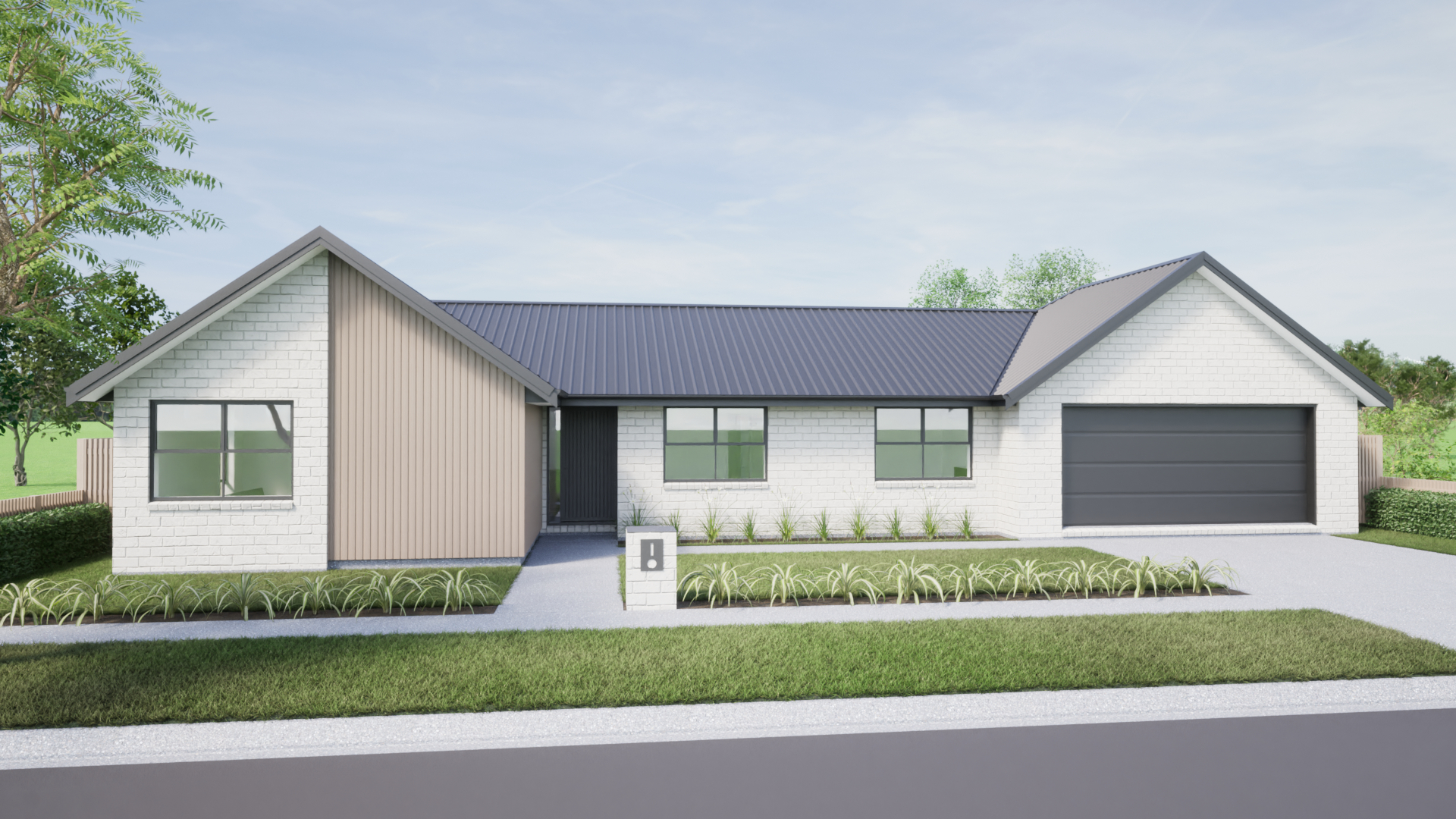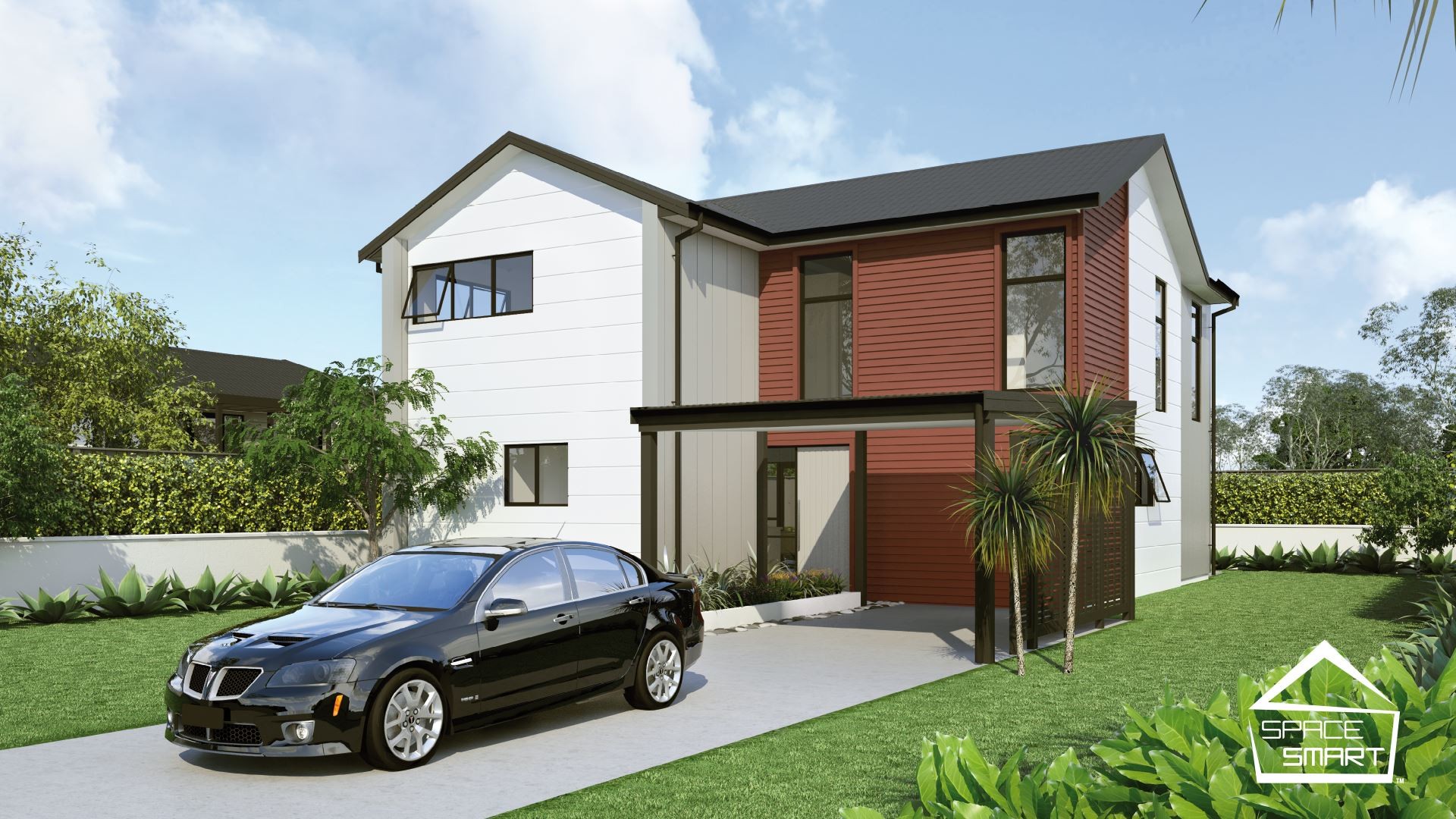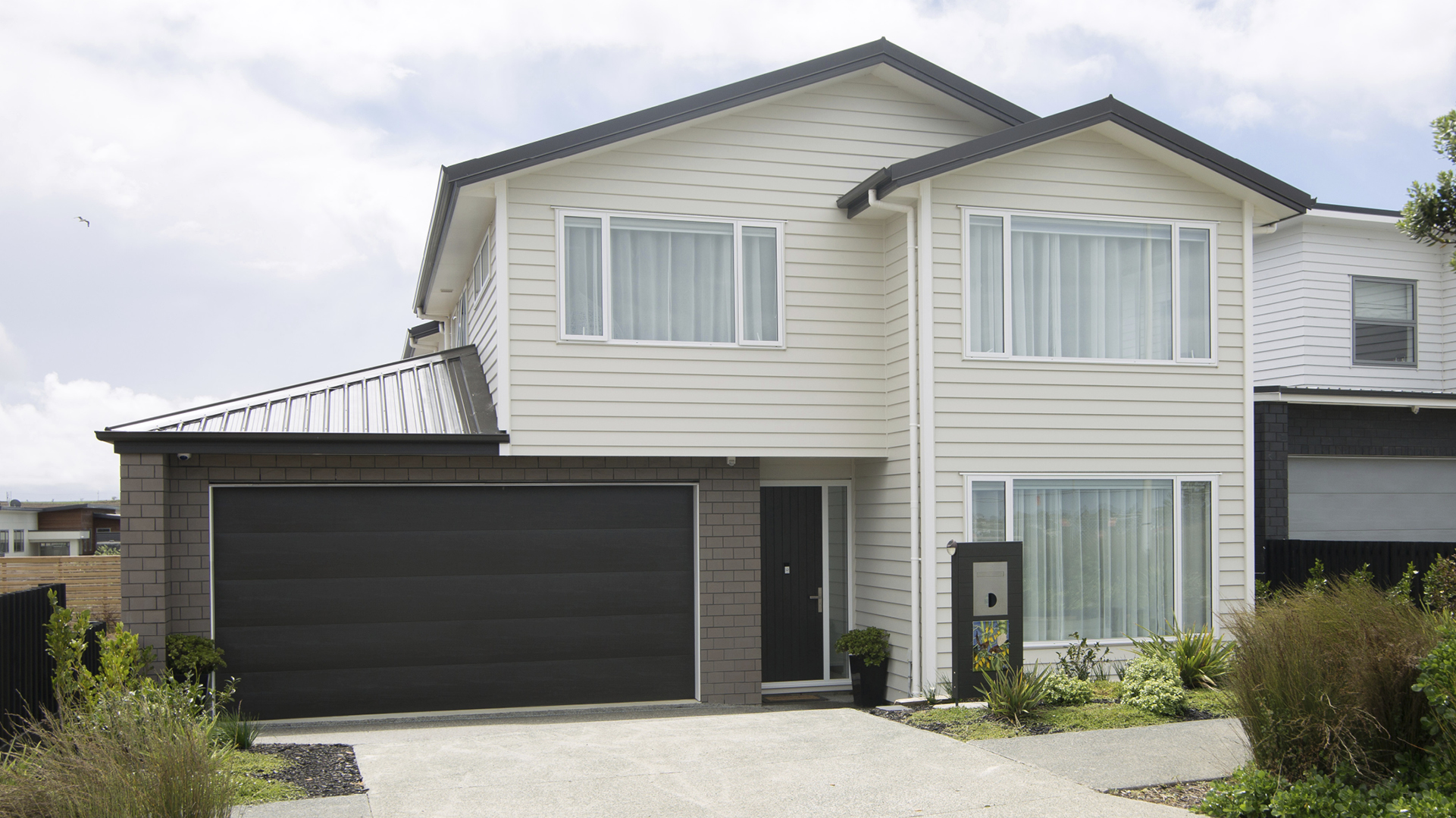Winter Warmers
“I have never seen you this covered up,” a friend quipped during our last outing. Naturally, bundling up is the only sensible move these days considering we are recording some of the lowest temperatures in the past three years. Winters are often rough, which could only be softened by idyllic moments (or daydreams) like sipping hot cocoa by the fire. If that’s not reminiscent of a cheesy Hallmark Channel Christmas rom-com, I don’t know what is.
With that in mind, if you’re still in the early days of buying, building or renovating a house, a fireplace in your place might tickle your fancy. Think warm. Think cosy. Think picture-perfect. *SOLD* Then, think… options, maybe?
While there are many fireplace options you could incorporate into your home, there are three main types worth considering. Here’s a cheat sheet of various types of fireplaces to help you better understand which style best suits you, your needs, and your home.
Electric Fireplaces
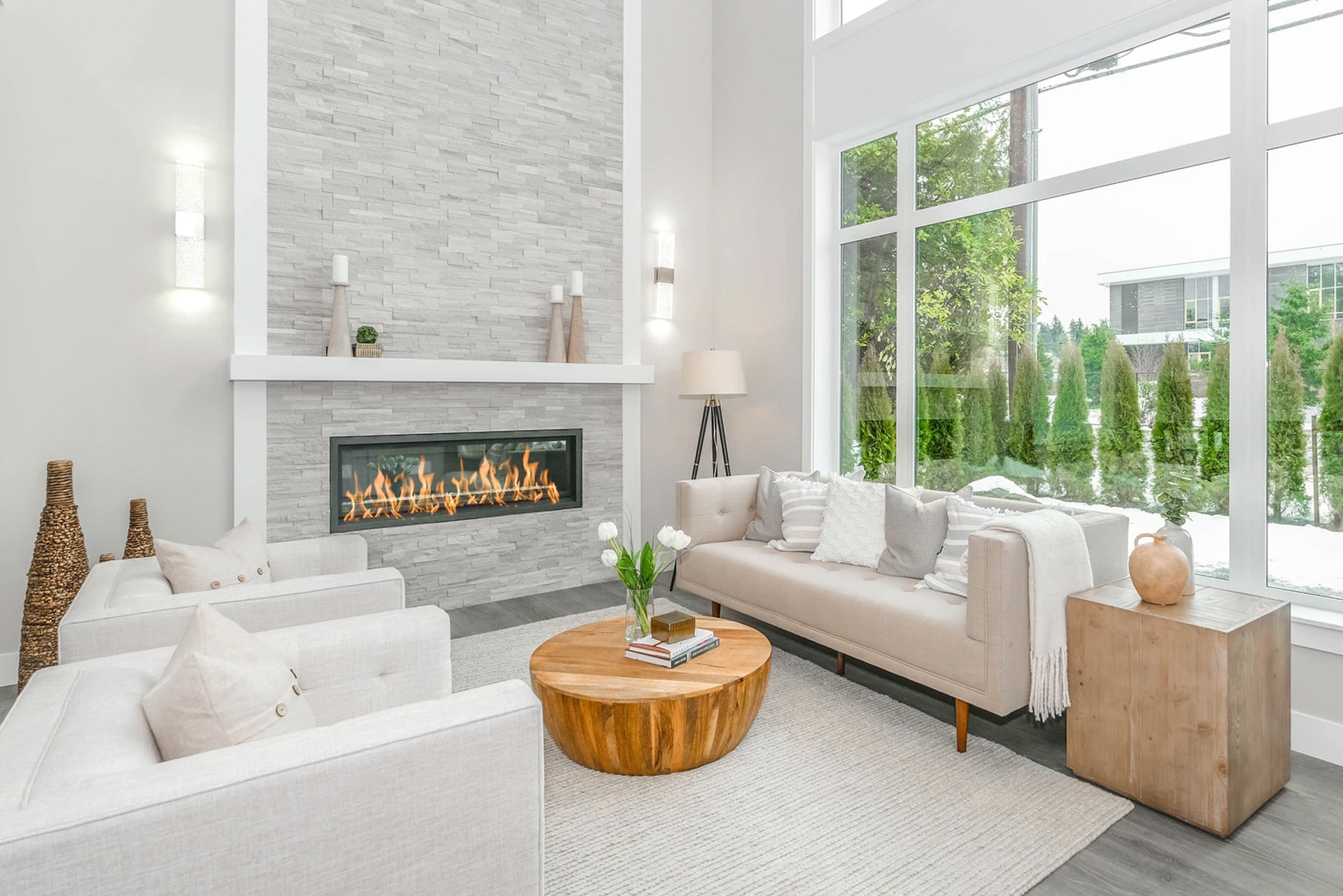
In a nutshell: Electric fireplaces, potentially the most popular choice amongst home builders and renovators, are basically electric heaters that mimic coal/wood-burning fireplaces.
Pros: Because these are electrically powered, they don’t produce smoke nor fumes. These are also very low maintenance – easy to install, easy to use, and easy to clean. Going with an electric fireplace is a great, stylish, and safe choice for your home.
Cons: For fireplace purists, the absence of audible fire sounds and fumes could be a deal-breaker. Also, if/when going for cheaper alternatives, some options on the market could look a bit tacky. And the obvious, and probably the biggest downside to this is that you cannot use this when the power is out.
Image source
Gas Fireplaces
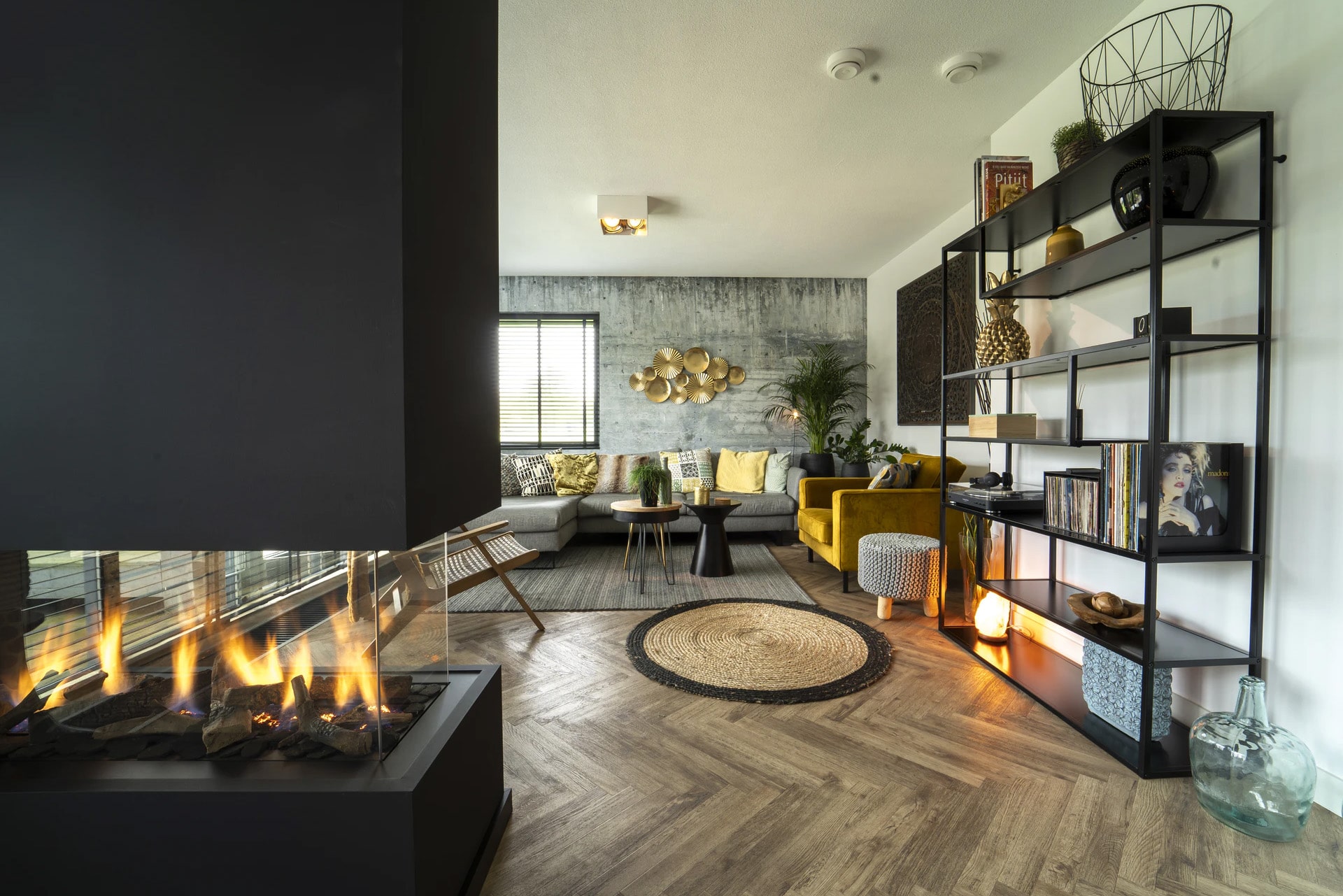
In a nutshell: A gas fireplace is a log-and-burner set that sits inside a metal box surrounded by a larger metal box that fits inside an existing fireplace. These also look like and “act” like the real deal thanks to the small amount of smoke it produces.
Pros: In comparison to their wooden counterpart, gas fireplaces are way more manageable and easy to control. If you want more (or less) heat, or to kill the fire completely, all it takes is a simple adjustment often with a remote control. This option also ticks the safety box as the fire needs no tending and won’t die out from neglect. Lastly, gas fireplaces can go almost anywhere because it doesn’t require a chimney. Want a fireplace in your ensuite? It could be done.
Cons: Gas fireplaces require more attention when it comes to maintenance and upkeep. Unlike wooden fireplaces, a professional is typically needed and recommended when cleaning and checking up on your fireplace. This could also be a more pricey option as propane is an expensive gas to use, especially if you’re wanting to heat your entire house. On a related note, gas fireplaces are one potential cause of carbon monoxide poisoning, especially when it is improperly maintained or ventilated.
Image source
Wood Fireplaces
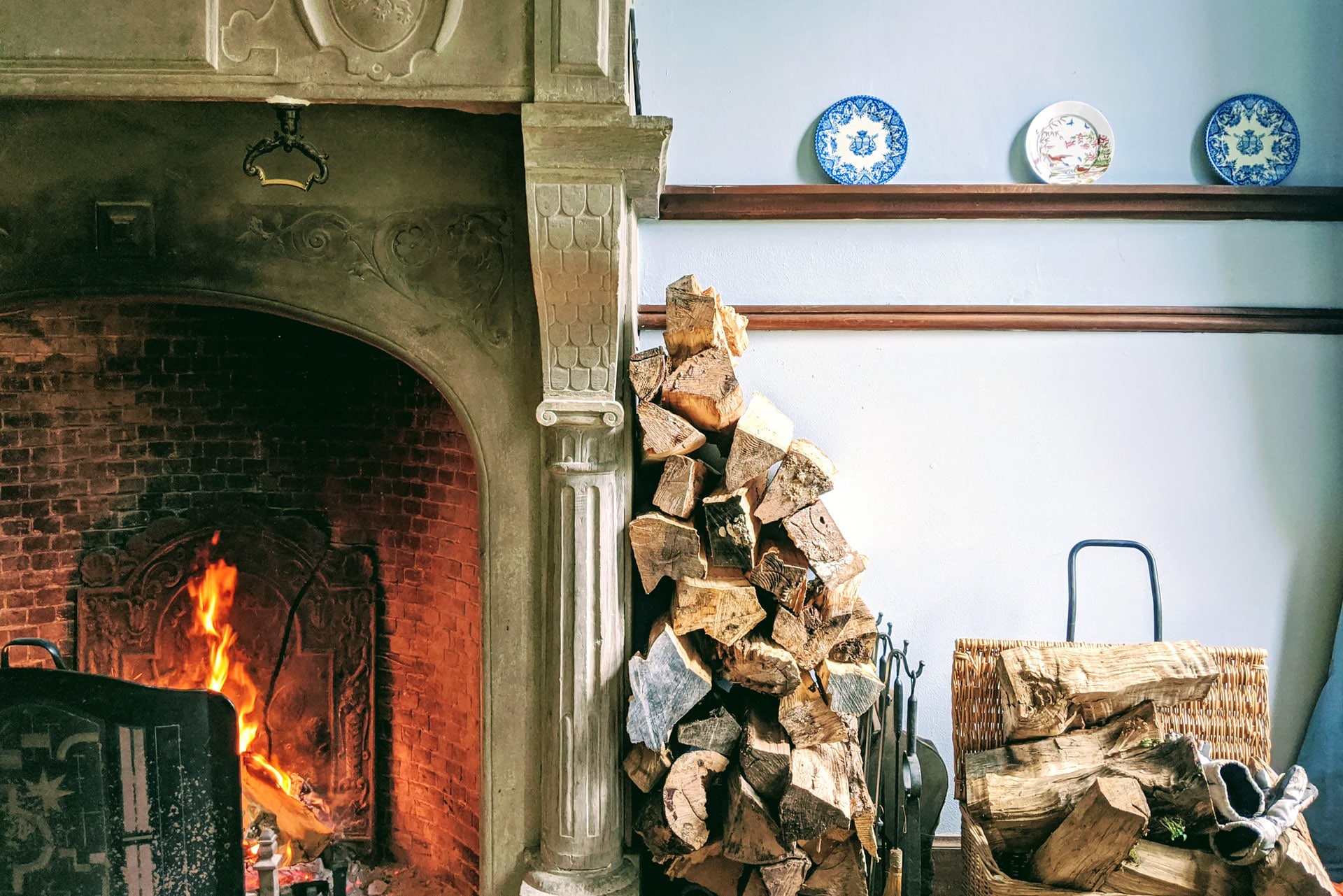
In a nutshell: This is the fireplace you see on a Christmas card or Santa’s preferred entryway. This option is as classic as it gets.
Pros: If ambiance is everything, nothing beats the godfather of all fireplace options! Wood fireplaces create that hard-to-replicate vibe that can only be done by wood fires. The atmosphere, the warmth, the sound, and the smell are simply irresistible. And with multiple log options, you can throw in the firebox something that could be long- or quick-burning, or even aromatic wood.
Cons: Creating fire in a wooden fireplace is a labour of love, and that’s because you will need to buy or chop your own firewood. This option also raises a few safety issues as it’s unsafe to use your fireplace without annual inspections and it is a big no-no to leave fires unattended because even when ashes are warm, a fire can be re-sparked.
